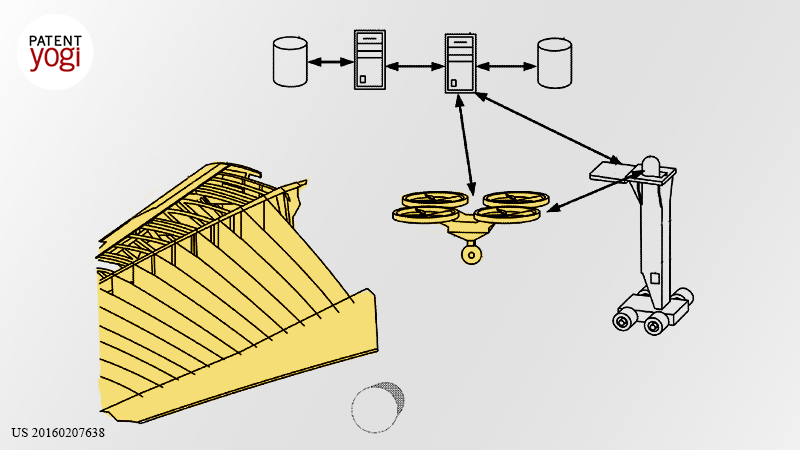Boeing has been aggressively automating its manufacturing plants.
In a manufacturing or assembly environment, gaps often exist between structures that are to be coupled to each other. For example, in a large structure, such as an airplane wing, gaps of varying magnitudes may exist between components of the wing, such as an internal structural component such as a rib, and an external or surface component such as a top or bottom surface of the wing.
Shims are used to fill gaps between structures at an interface to ensure proper mechanical coupling between the parts that are to be coupled. A shim is a relatively thin piece of a material, such as metal, which is inserted into the gap to fill the gap and achieve acceptable mechanical coupling between structures. However, conventional techniques for implementing shims remain limited because they are not able to efficiently and effectively determine dimensions that may be used to create shims for large structures.
Boeing plans to use drones that carry sensors and move along a structure that needs to be inspected. The sensors are used to detect gaps in the structures. The shim dimensions are also determined to fill any gaps between the two structures. Thereafter, shims are manufactured based on shim dimensions and an automated system is used to place them in the gaps to ensure mechanical coupling between the structures.
Publication number: US 20160207638
Patent Title: SYSTEMS, METHODS, AND APPARATUS FOR AUTOMATED PREDICTIVE SHIMMING FOR LARGE STRUCTURES
Publication date: 21 Jul 2016
Filing date: 21 Jan 2015
Inventors: Dario Valenzuela; Theodore M. Boyl-Davis; Darrell D. Jones;
Original Assignee: The Boeing Company

